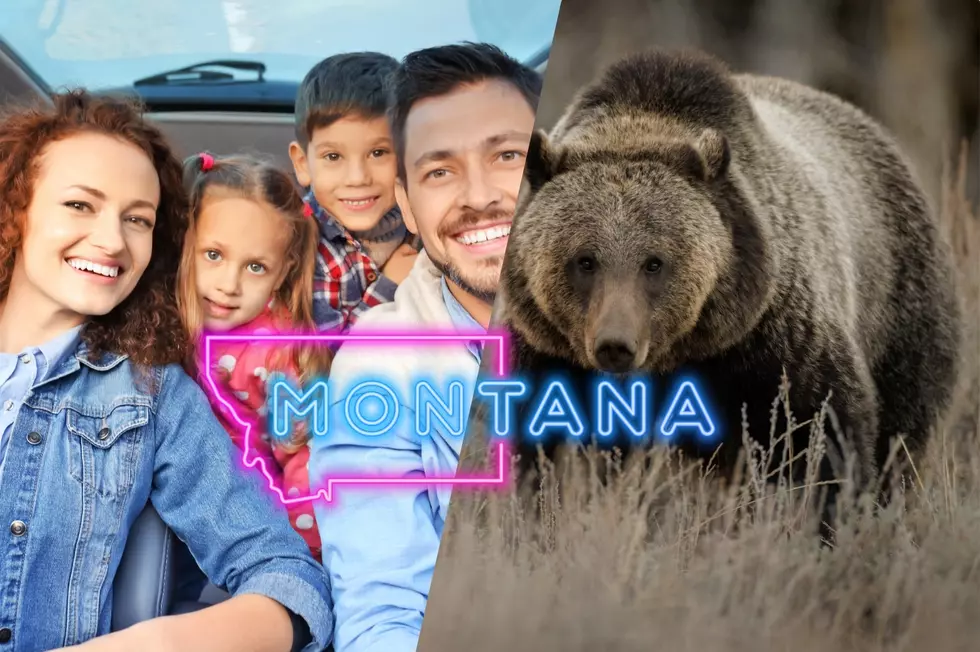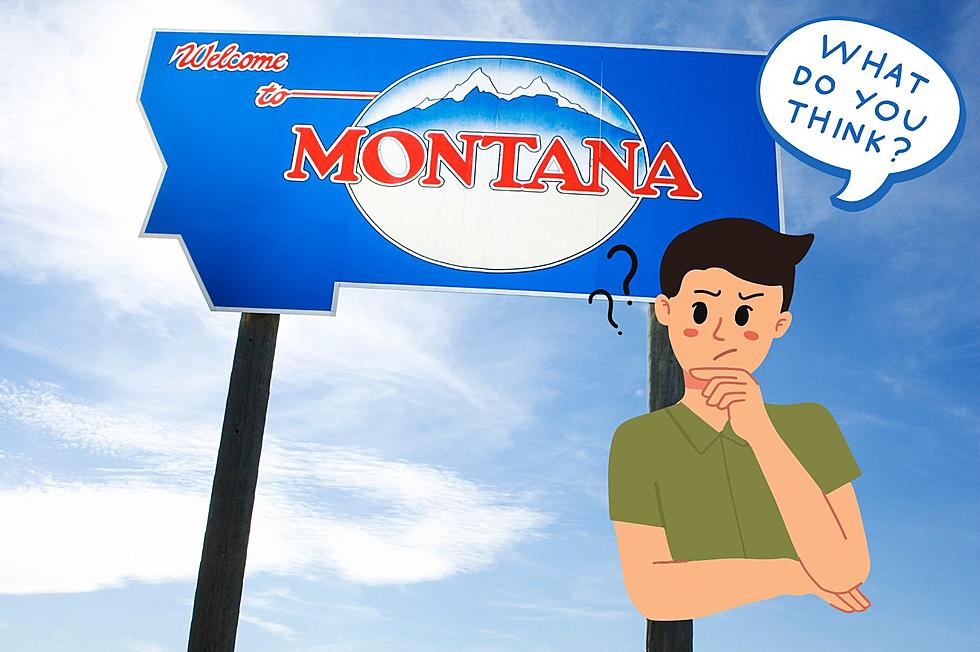
First-hand Account: Dog Caught in Trap near West Boulder Cabin
I was spending the final hours of 2014 in the best way I could imagine – surrounded by friends, cozied up in a Forest Service cabin filled with the warmth of a fire and the smells of our collective contributions to a “family dinner.”
After dinner, while we waited to ring in the New Year, we decided to head out for a cross country ski under the light of a star-speckled sky. We pointed out constellations as we turned the corner at the West Boulder campground in Park County and headed down the road. We passed a sign that told us no motor vehicles could go past this point, foot traffic only for trail access. We continued, staying on the road, until we came to another sign. The “no trespassing” sign was on a closed gate, in the middle of a bridge.
As we turned around to head back, the screaming started. Continuous, crack-the-night-in-half screaming. It was Maya, my dog. My first thought was that she was being attacked by another animal.
The moment was a blur as I jammed the pole into my skis to disengage myself. I watched my boyfriend dive and crawl, fighting the pull from the skis that were still attached to his feet, to get to Maya.
“It’s a trap!” he yelled.
The screaming continued.
Maya bucked, trying to free herself of the trap shut around her foot. She tried unsuccessfully to jump from the heavy metal clamp that closed around her foot and tethered her to the post of the bridge.
My boyfriend and another friend got to her first. Instinct told him to pull at the two metal bars that were clamped to her foot. It didn’t work. They found the triggers on the side and worked together to get it off of her.
As I approached her, she hopped away, hiding, afraid, unsure about trusting anyone or anything in the panic. When she let me near her, I grabbed her, sat in the snow and held her in my lap as she shook.
Someone suggested there might be others. They found three more, set in a cluster around the foot of the bridge. The one Maya had been caught in was set on the road, tethered to a post at the base of the bridge, where anyone or anything could have easily stepped in it.
We hurried back to the cabin, my boyfriend and a friend taking turns carrying Maya, the other dogs in the party were kept close in case there were other traps set along the road. When we returned to the cabin, Maya curled in a ball, still shaking. I held her the rest of the night.
Thankfully, the trap didn’t break the skin. It didn’t have teeth, just a heavy metal clamp that shut on her foot. When she tried to walk around that night, she limped. By morning, she was walking normally and the trauma from the night before seemed to evaporate from her memory.
But it wasn’t as easy for us to forget. I thought of the what-ifs: What if I had been alone and couldn’t get it off of her? What if the damage had been worse? What if it had been a lot worse? What if the trap had been bigger or had teeth? What if a smaller dog had been caught in it and killed?
When I got home, I called 1-800-TIP-MONT to report it to Fish, Wildlife and Parks.
I talked to a warden who answered my questions and said he’d look into it. After he did, he called and told me that he spoke with someone from the ranch located on the other side of the "no trespassing" sign as well as with the trapper who is permitted to set traps there. He said they’d agreed to move the traps behind the gate and that signage would be added. He said nothing about it was illegal, because even though we were on a public easement, it is considered private land.
I understand all this and appreciate that it was looked into and handled, but there are a few things that bother me. We didn’t go beyond the “no trespassing” sign. We stayed to the road – a public easement that led to a trail. The road we were on starts at a campground, near a cabin, both of which are used frequently by people probably just like us. Two of the traps, including the one Maya was caught in, were set on the road, at the base of the bridge, far before the “no trespassing” sign, buried under fresh snow. There were no markings or signs warning people that traps are in the area.
Until this happened, I hadn’t thought much about trapping. Now it will always be on my mind anytime I’m walking in the woods or cross country skiing.
Avoiding the activities we love out of fear is not an option. Instead, I’ll be educating myself and encourage others to educate themselves as well about what to do if your dog is caught in a trap. There are resources available on the website for Footloose Montana, a non-profit that promotes trap-free public lands. I encourage anyone recreating near the West Boulder cabin in Park County or anyone going out in an area where public easements pass through private land to access trails to get familiar with what to do in this situation.
More From My 103.5 FM









